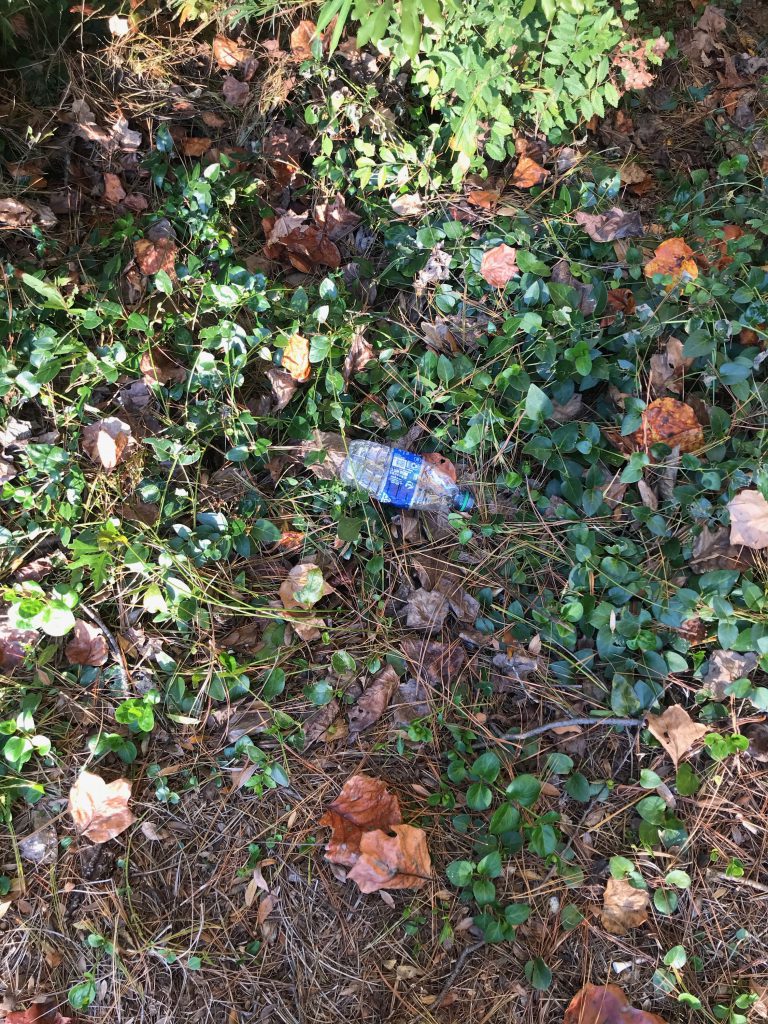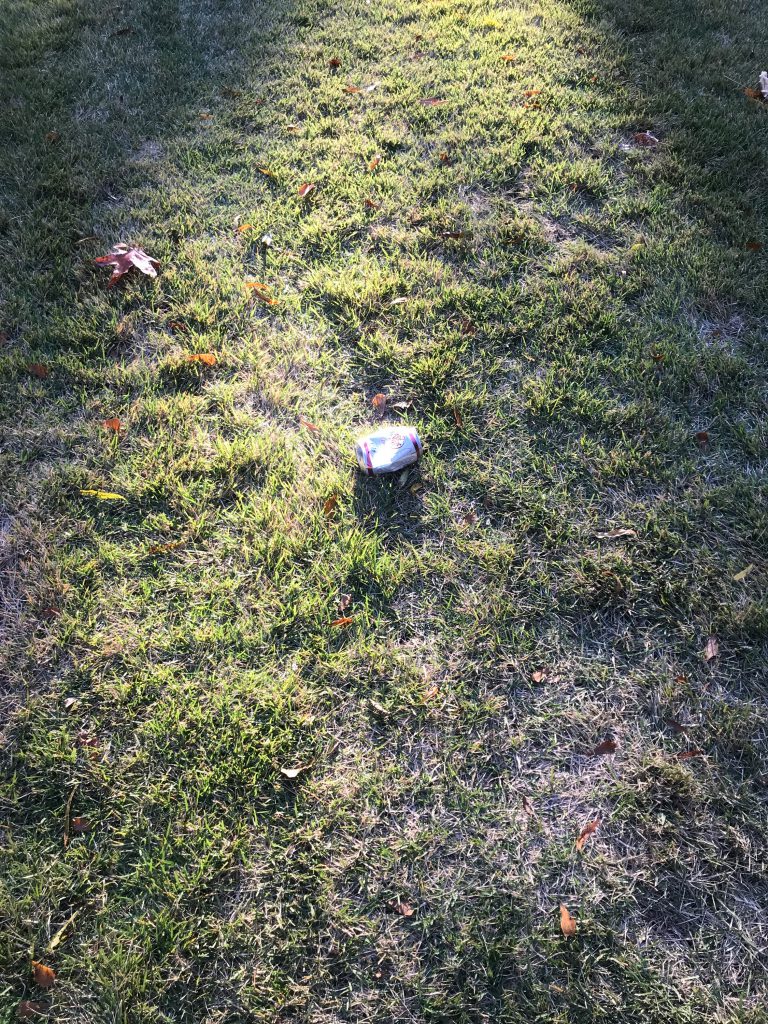What is alcoholism?
The definition of alcoholism is “an addiction to the consumption of alcoholic liquor or the mental illness and compulsive behavior resulting from alcohol dependency” (google). This “dependency” on alcohol increases health risks greatly in comparison to those who are not dependent on alcohol. The National Institute of Health (NIH) shares statistics saying 5.7% of people 18 and older have AUD (alcohol use disorder), while 1.8% of children 12-17 have AUD. NIH also shares the risks of alcohol disorders: liver failure, strokes, cardiomyopathy, and much more.
According to SNPedia, there are 6 main genes & 7 SNPs that impact likelihood of alcohol dependency. The six genes include: GHS-R1A, GABRA 2, SLC6A4, OPRM1, D2, and SLC6A3. Many of these genes are genes expressed in the brain, opioid receptor, dopamine receptor, dopamine transporter gene, neurotransmitter transporter. This is part of the reason alcoholism is a very dangerous disease and hard to overcome.


Testing for Alcoholism
There are many reasons people would want to get tested for increased alcoholism related traits. SNPs such as rs27048 and rs27072 are associated with very dangerous symptoms, such as seizures. For these two SNPs, I would recommend a SNP test, which would cost around $200. If one wants to see if they simply have increased chances for alcoholism, they would need a whole genome sequence testing, which costs hundreds of dollars. If one wants one specific test for the most common allele, they can also do that by single-gene testing. Personally, I would only recommend using whole genome sequencing if you have increased likelihood of severe symptoms or if alcoholism runs in your family. Ultimately, there is a strong correlation between alcoholism and genetics.

Downsides of Testing
Taking a whole genome sequencing test can inform one of many different variations within all of their genes. This can potentially lead them to variations in alleles they didn’t affect that increase risks for other diseases. Limitations for this test are that not all variations of the alleles increase the risk by a substantial amount; therefore, there is a possibility $1000+ may allow you to find something out that does not matter too much. There are a few disadvantages of this test. First, the role of most of the genes in the human genome is still unknown or incompletely understood. Therefore, a lot of the “information” found in a human genome sequence is unusable at present. Also, an individual’s genome may contain information that they do not want to know. For example, a patient could undergo genome sequencing in order to determine the most effective treatment plan for high cholesterol. In the process, researchers could potentially find an allele that relates to a terminal illness with no effective treatment.

Ethical Concerns
Considering how vast the information in a whole genome sequence test is, it is dangerous if this information is released, and since these tests are newer, security measures to protect this information is still new. Thus, increasing the likelihood of personal information being released. Also, people often find out about diseases they have that they did not expect. This can cause people to become shocked and/or depressed.
- Facts about Alcoholism & Precautions to Take
- FACT: It is less than 50% likely for a child to develop alcoholism if their parent had it.
- FACT: Alcoholism is roughly half genetics and half hereditary.
- PRECAUTION: Become more cautious if you have the SNP that increases likely hood of alcoholism. Be aware when drinking or take measures if already an alcoholic.
- PRECUATION: If one is being cautious their self, they do not necessarily need to inform doctors, but rather family. However, if it is getting out of hand, they need to go to rehab and should immediately consult a doctor.
- PRECAUTION: No screenings necessary unless excessive binge drinking has occurred… should check liver and other body parts to ensure there is not any organ failure.

Works Cited
“Alcohol Facts and Statistics.” National Institute on Alcohol Abuse and Alcoholism, U.S. Department of Health and Human Services, 20 Nov. 2019, www.niaaa.nih.gov/publications/brochures-and-fact-sheets/alcohol-facts-and-statistics.
“Alcoholism.” SNPedia, www.snpedia.com/index.php/Alcoholism.
Christensen, Kurt D, and Robert C Green. “How Could Disclosing Incidental Information from Whole-Genome Sequencing Affect Patient Behavior?” Personalized Medicine, U.S. National Library of Medicine, June 2013, www.ncbi.nlm.nih.gov/pmc/articles/PMC3852635/.
Crane, Marisa. “Is Alcoholism Hereditary or Genetic?” American Addiction Centers, americanaddictioncenters.org/alcoholism-treatment/symptoms-and-signs/hereditary-or-genetic.
“Whole Genome Sequencing.” Genetics Generation, knowgenetics.org/whole-genome-sequencing/.





